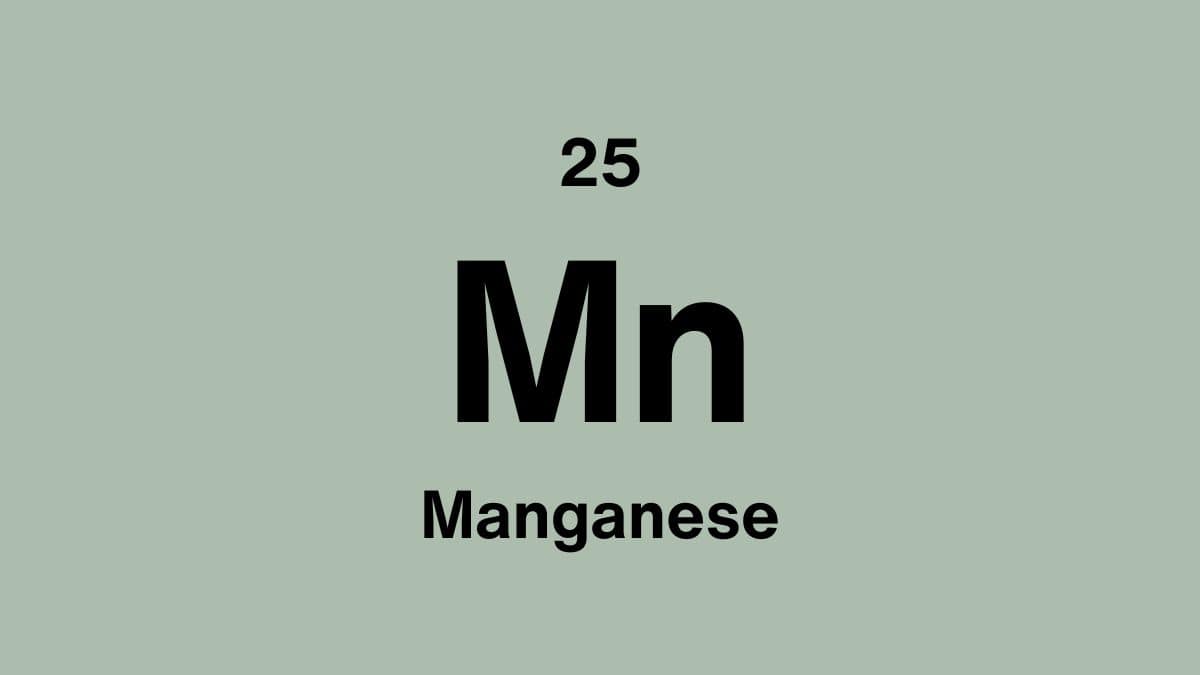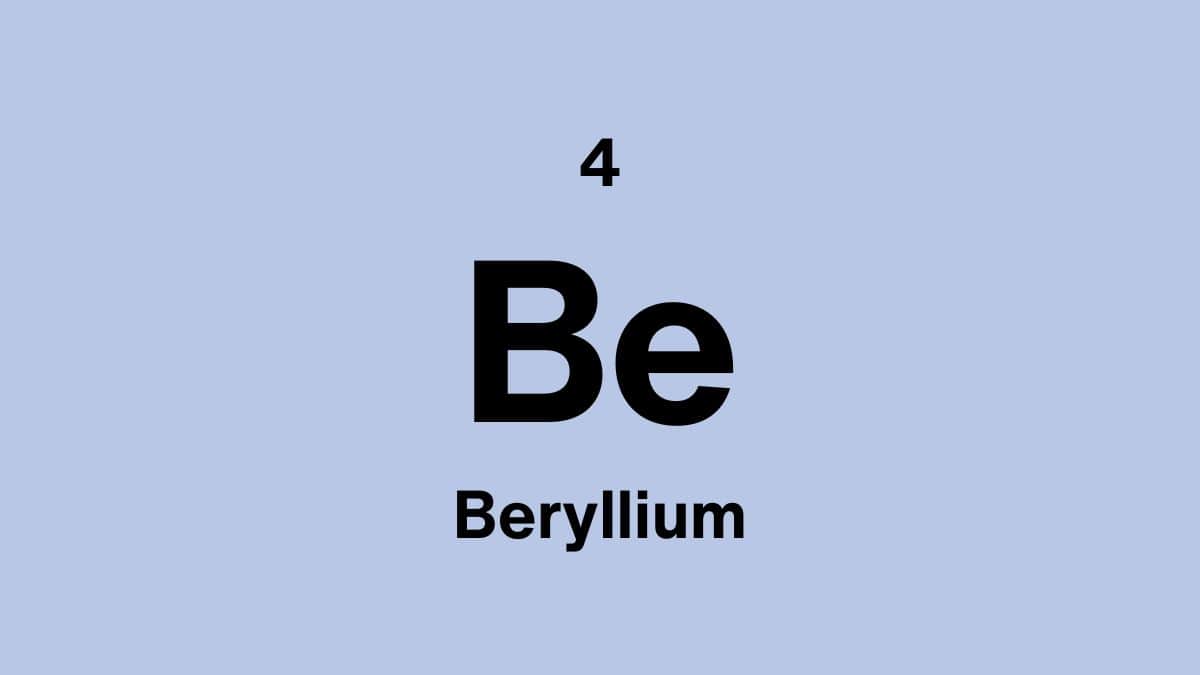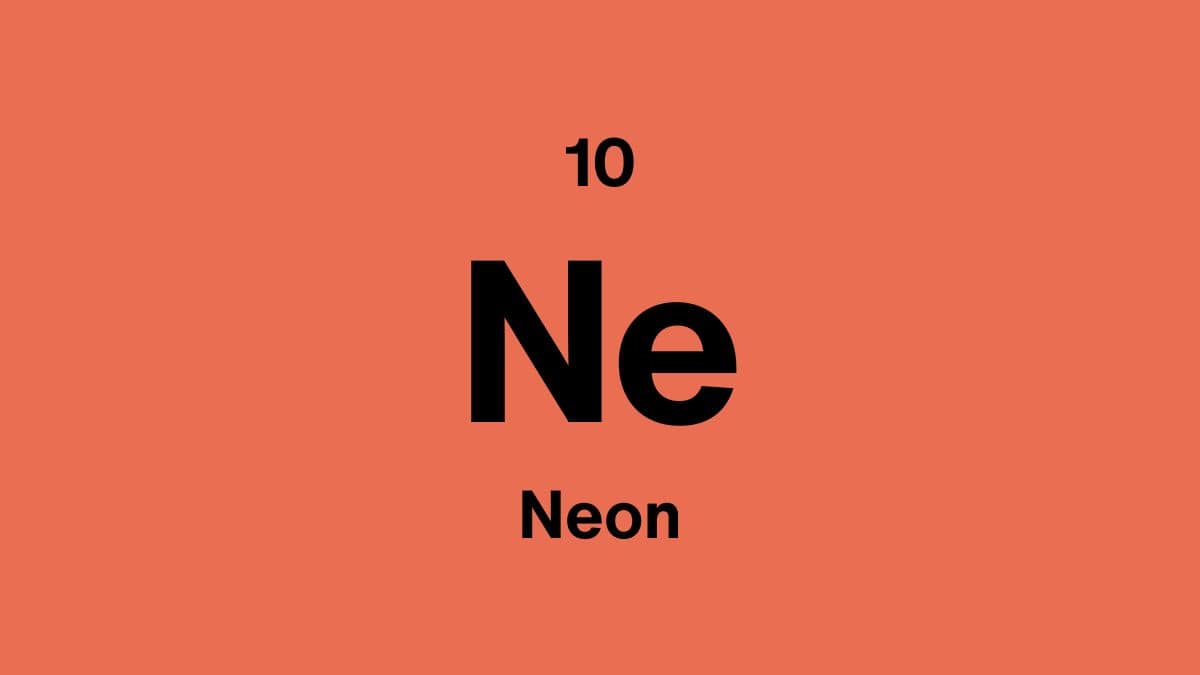Manganese: The metal that strengthens steel and powers modern technology
Transition metals like manganese have multiple oxidation states, high melting points, and catalytic properties. These characteristics make manganese essential in steel production, battery technology, and industrial chemical processes. In this article we explore manganese’s properties, applications, and industrial significance.
Properties of manganese
| Atomic Number: | 25 |
| Atomic Symbol: | Mn |
| Atomic Weight (amu): | 54.938 |
| Electronegativity: | 1.55 |
| Melting point: | 1244°C | 2271°F | 1517K |
| Boiling point: | 2095°C | 3803°F | 2368K |
What does manganese look like?
Manganese is a hard, silvery-gray metal with a metallic sheen. Its surface reflects light and has a subtle silver tone, typical for transition metals used in steel and alloys.
Will we ever run out of manganese?
Manganese is relatively abundant in the Earth’s crust, but concentrated deposits are limited. It is not at immediate risk of depletion, but demand in steel and battery industries affects supply and pricing. Recycling and efficient extraction help maintain availability.
Can manganese be recycled?
Yes, manganese is highly recyclable, especially from steel slag and battery materials. Recycling conserves resources and reduces environmental impact.
Does manganese have a biological role?
Manganese is an essential trace element in humans, contributing to enzyme function, bone development, and metabolism. It is important in nutrition but toxic in excessive amounts.
What is pure manganese used for?
- Steel Alloys: Improves hardness, toughness, and corrosion resistance of steel.
- Batteries: Manganese dioxide is used in alkaline and lithium-ion batteries.
- Catalysis: Compounds like manganese dioxide serve as catalysts in chemical reactions.
- Aluminum Alloys: Enhances corrosion resistance and mechanical properties.
- Research: Used in material science and chemical studies.
What are the main compounds with manganese?
- Manganese Dioxide (MnO2) : Used in batteries, catalysts, and oxidizing agents.
- Manganese(II) Chloride (MnCl2) : Used in chemical synthesis and as a supplement in trace mineral fertilizers.
- Manganese(II) Sulfate (MnSO4) : Used in fertilizers, chemical production, and industrial applications.
- Manganese Alloys : Combined with iron and steel for high-strength materials and industrial use.
Where can manganese be found?
Manganese occurs in minerals such as:
- Pyrolusite: The most common manganese ore, high in MnO2.
- Rhodochrosite: A manganese carbonate mineral mined for manganese extraction.
- Other silicate and oxide minerals: Sources for manganese production.
Main producers of manganese include South Africa, Australia, China, Gabon, and Brazil.
Is manganese expensive?
Manganese is relatively affordable compared to rarer metals, but prices fluctuate based on steel demand, battery production, and mining output.
Who discovered manganese?
Manganese was discovered by Swedish chemist Johan Gottlieb Gahn in 1774. He isolated it from pyrolusite ore and identified it as a distinct element.
Is manganese dangerous?
Elemental manganese is generally safe, but manganese dust and certain compounds can be toxic if inhaled or ingested in high doses. Safety precautions are important in industrial settings.
Fun facts about manganese
- Manganese is essential in steel production, improving strength and durability.
- Manganese dioxide is key in dry cell batteries, powering everyday electronics.
- Manganese compounds produce purple, pink, and brown colors in ceramics and glass.
Scientific data verified from RSC, Britannica, and the Minerals Education Coalition.



